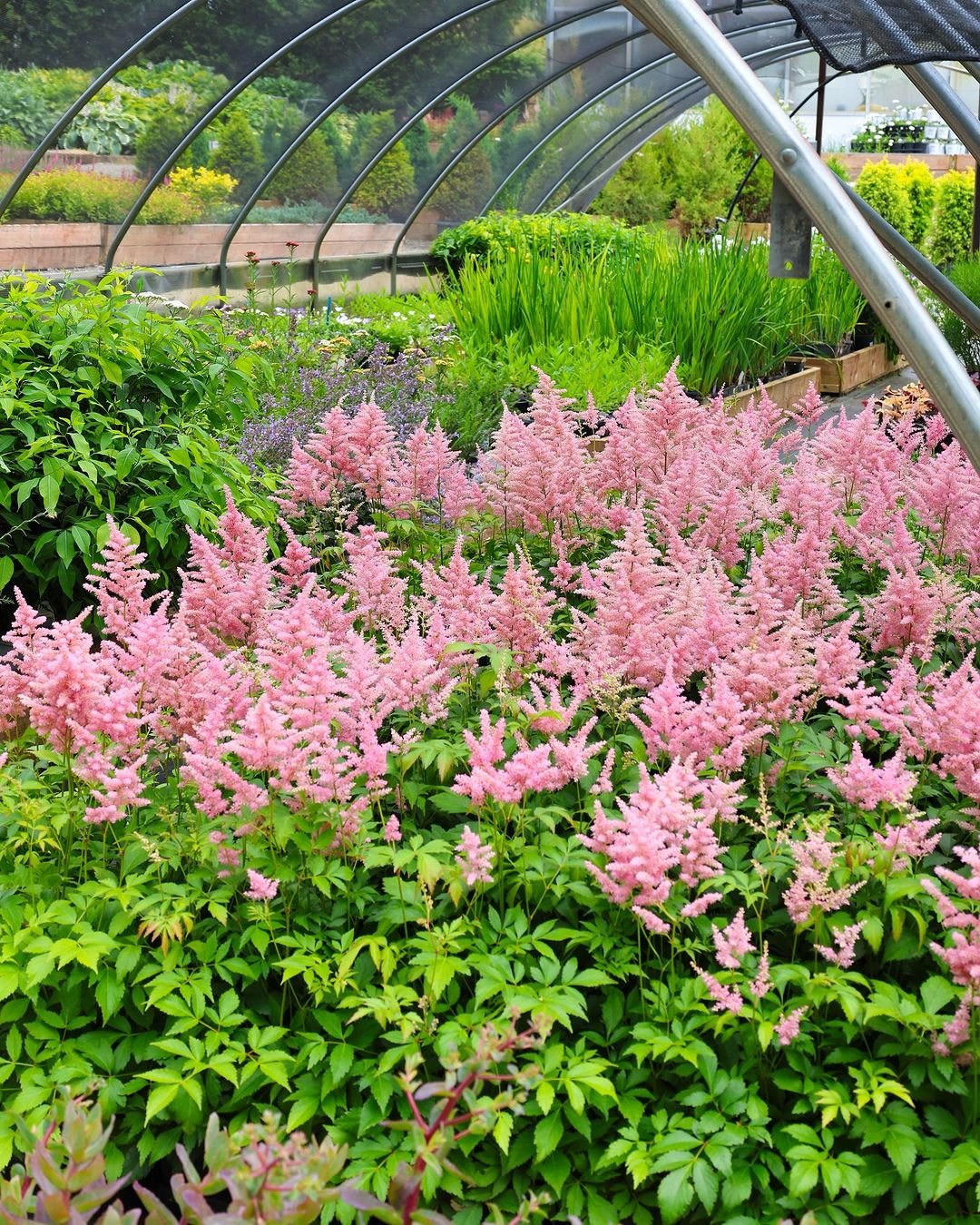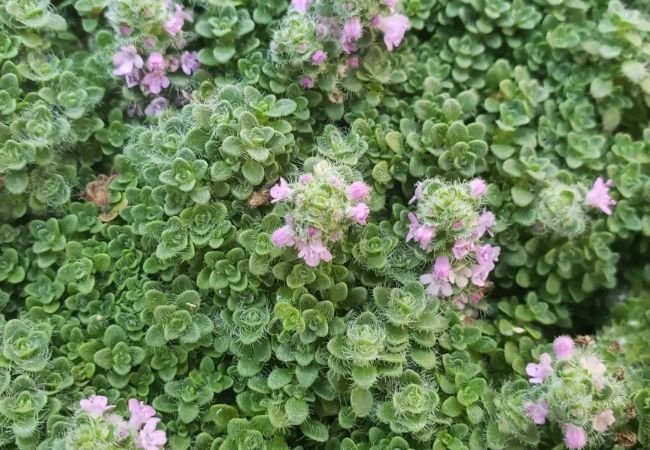Learn how to grow and care for pink astilbe, a shade-loving perennial known for its elegant blooms. Discover tips for planting, maintenance and enhancing your garden with these beautiful flowers.
Pink astilbe, a member of the Saxifragaceae family, is a stunning perennial that brings elegance and charm to shaded gardens. Known for its feathery, plume-like flowers and attractive foliage, pink astilbe is a favorite among gardeners looking to add color and texture to areas with limited sunlight.
Here is a chart with detailed information on Pink Astilbe:
| Category | Information |
|---|---|
| Botanical Name | Astilbe spp. |
| Common Name | Pink Astilbe |
| Plant Type | Herbaceous Perennial |
| Hardiness Zone | 4-9 |
| Sun Exposure | Partial Shade to Full Shade |
| Soil Type | Moist, Well-drained, Rich Soil |
| Watering | Regular, Keep Soil Consistently Moist |
| Growth Habit | Clumping |
| Height/Spread | 18-36 inches tall / 18-24 inches wide |
| Flowering Time | Late Spring to Early Summer |
| Flower Description | Feathery Plumes in Shades of Pink |
| Special Features | Attractive Feathery Flowers, Shade Tolerant, Moisture Loving, Low Maintenance, Deer and Rabbit Resistant |
Characteristics of Pink Astilbe

Appearance
- Delicate, feathery pink flower plumes
- Fern-like, glossy green foliage
- Upright, bushy growth habit
- Typically grows 18-24 inches tall and 12-18 inches wide
Blooming Period
Pink astilbe usually blooms from late spring to mid-summer, providing a vibrant display for several weeks.
Growing Pink Astilbe
Ideal Growing Conditions
Light Requirements
Pink astilbe thrives in partial to full shade. It can tolerate some morning sun but prefers protection from harsh afternoon light.
Soil
- Prefers rich, moist, well-draining soil
- Ideal pH range: 6.0 to 7.0
- Add organic matter to improve soil quality
Hardiness
Hardy in USDA zones 4-8, making it suitable for many temperate climates.
Planting Pink Astilbe
When to Plant
Spring or early fall are the best times to plant pink astilbe.
How to Plant
- Choose a shaded location with rich, moist soil.
- Dig a hole twice the width of the root ball and just as deep.
- Place the plant in the hole, ensuring the crown is level with the soil surface.
- Backfill with soil and water thoroughly.
- Space plants 18-24 inches apart for optimal growth.
Caring for Pink Astilbe
Watering
- Water regularly to keep the soil consistently moist but not waterlogged.
- Mulch around the base to help retain moisture and suppress weeds.
Fertilizing
- Apply a balanced, slow-release fertilizer in early spring.
- Side-dress with compost or well-rotted manure annually.
Pruning and Maintenance
- Deadhead spent flowers to maintain a tidy appearance.
- Cut back foliage to the ground in late fall or early spring.
- Divide plants every 3-4 years to maintain vigor and prevent overcrowding.
Winter Care
In colder regions, apply a layer of mulch around the base of the plant after the ground freezes to protect the roots.
Common Pests and Diseases
Pink astilbe is generally resistant to pests and diseases, but watch out for:
- Tarnished plant bugs
- Leaf miners
- Fungal diseases in overly wet conditions
Maintain good air circulation and avoid overwatering to prevent most issues.
Using Pink Astilbe in Your Garden
Landscape Applications
- Shade gardens
- Woodland gardens
- Border plantings
- Container gardens
- Rain gardens
Companion Plants
Pink astilbe pairs well with:
- Hostas
- Ferns
- Bleeding heart (Dicentra spectabilis)
- Coral bells (Heuchera)
Propagating Pink Astilbe
You can propagate pink astilbe through:
- Division: Every 3-4 years in spring or fall
- Seeds: Sow fresh seeds in fall or stratified seeds in spring
Benefits of Pink Astilbe
- Adds color to shaded areas
- Low-maintenance once established
- Attracts butterflies
- Deer-resistant
- Excellent cut flower
Popular Pink Astilbe Varieties
- Astilbe ‘Peach Blossom’: Soft pink plumes
- Astilbe ‘Rhineland’: Bright pink flowers
- Astilbe ‘Maggie Daley’: Deep pink, late-blooming variety
Pink astilbe is a beautiful and versatile perennial that brings elegance and charm to shaded gardens. Its feathery pink blooms and attractive foliage make it a standout plant in any landscape. By following these care tips, you can successfully grow and enjoy pink astilbe in your garden, adding a touch of grace to those challenging shaded areas.
Whether you’re looking to create a serene woodland garden, add color to a shaded border, or simply enjoy the beauty of these delicate flowers, pink astilbe is an excellent choice. With proper care and placement, these elegant shade-lovers will reward you with their stunning displays year after year. Happy gardening!
For more gardening tips and plant care guides, visit usagardenhub.com







2 Comments on “Pink Astilbe : Growing and Caring for This Elegant Shade-Lover”